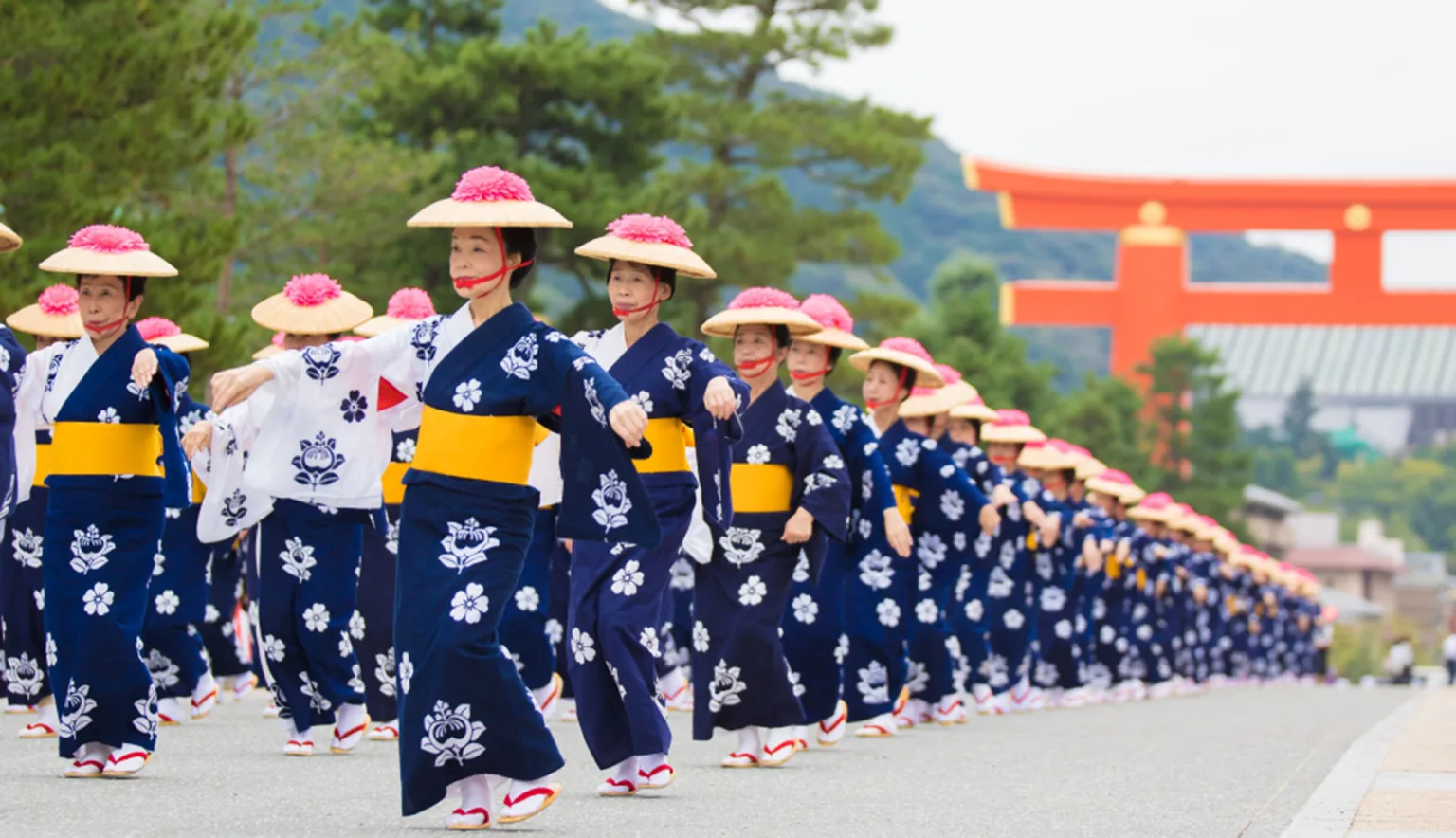Japan’s former capital Kyoto is steeped in history, and is looking to blend this traditional appeal with modern marketing to keep the visitors flocking.
As one of Japan’s most significant cities, both historically and in the present day, Kyoto continues to foster a harmonious balance between civic life and touristic prevalence.
Subsequently achieving indigenous prosperity and international acclaim in equal measure, the latter facet falls firmly under the remit of the Kyoto Tourism Association and the Kyoto Convention & Visitors Bureau.
Asia Outlook caught up with the Managing Director of both entities, Shuhei Akahoshi, who explains that a host of tourism marketing initiatives are being put in place to bridge the gap between the indigenous and temporary population, for the betterment of the wider economy and regional revitalisation.
He looks back: “Kyoto was the capital of Japan for more than 1,000 years between 794-1867 and 1,200 years on to the modern-day Kyoto has carved its name in history as a city that draws attention.”
The total number of visitors in 2017 was a recorded 50 million, including 10 million visitors from overseas; while the number of overnight visitors reached 3.5 million.
The Kyoto Tourism Association as it is known now was established in 1960, and has since served on the frontline of the city’s tourism activities; monitoring trends, implementing strategy, and marketing to the rest of the world. Akahoshi continues: “Then, in 2007, the Kyoto Convention & Visitors Bureau was established with a view to spread Kyoto’s offering to the world through the promotion of art and culture, as well as foreign conventions and attractiveness as an international exchange base.
“Regarding this latter aspect, currently, MICE activities in Kyoto are attracted and hosted, and a one-stop service is provided in cooperation with administrative agencies and stakeholders.”
Since the 1960s, Japan has enjoyed a lengthy period of rapid economic growth, reflected by the evolution of its business infrastructure, its civil engineering landscape and its transport networks.
The 1964 Tokyo Olympic Games and the Osaka Expo in 1970 were turning points for the country, which Kyoto duly leveraged.
“Even in the off-seasons, the Kyoto City Tourism Association introduced winter and summer travel promotion initiatives,” Akahoshi notes. “From an offering perspective, in 1994, the ‘culture of ancient Kyoto’ – which comprises 17 shrines, temples and a castle – was registered as a UNESCO World Cultural Heritage site, further giving rise to the recognition of Kyoto; both in Japan and abroad.”
Simultaneously, the Kyoto City Tourism Association expanded and strengthened its remit, broadening the extent of activities on offer to young locals, and excited visitors from overseas; each being given the opportunity to explore the region’s history, as well as its more modern charms.
From a business travel perspective, “in order to attract suitable MICE activities, we went on to develop unique venues and a specialised marketing approach”, Akahoshi continues. “We participate in overseas trade fairs and business meeting, while conducting executive tours and luxury events.
“As a result, we are further disseminating the charm of the city.”
QUALITY AND QUANTITY
In terms of its status as a business travel hub the city continues to feed off ongoing efforts to improve the nation’s infrastructure for foreign travellers in Japan.
“Following this trend, Kyoto City Tourism Assoaication has also made plans and practices for attracting tourists, actively promoting activities such as setting up a department revolved around inbound visitors, in collaboration with the Kyoto Convention & Visitors Bureau,” Akahoshi says.
“In addition, by hosting large-scale international conferences and luxury events, we aim to improve both quantity and quality. This leads to enhanced attraction of international events for both small and medium, and large entities; thus distributing Kyoto’s brand power on an international scale.”
In the process of attracting both domestic and overseas tourists, Kyoto has achieved unhindered success measuring up to the very best in the continent.
Valued as a world tourism powerhouse, the city has ranked in the top 10 of the most popular destination in leading US publications for seven of the past 10 years, coming out on top on two occasions.
Naturally, this has had a monumental impact on not just the city’s own vibrancy, but on the country as a whole.
Akahoshi adds: “The economic effect of the tourism industry seems to have increased not just virtue of individual travel or transport parameters, but also across areas of accommodation, and business travel especially; including conferences and tours.”
Events and Expos
Rugby World Cup 2019 and Tokyo 2020 Olympic and Paralympic Games (while not hosted in Kyoto, the city is expecting a massive upturn in visitor numbers during each event)
World Masters Games 2021 – Kyoto will host the opening ceremony and will introduce people from more than 100 countries over the course of the event
25th General Conference ICOM Kyoto 2019 – In September, 2019 more than 3,000 participants from 141 countries will descend on the Kyoto International Conference Centre to enjoy the world’s largest museum conference
UNWTO/UNESCO World Conference on Tourism and Culture – to be held in Kyoto as a first venue in Japan
New facilities
Kyoto International Conference Centre’s New Hall – opening in 2018
New luxury hotels courtesy of Ace Hotel, Thousand and Park Hyatt to arrive in 2019
The Kyoto Multiple Museum of Art – scheduled for renovation and opening by 2020
Tourism developments
The introduction of accommodation tax from October, 2018
An expansion of experiential menus based on traditional industries
Expansion of tour operations for Nijo Castle, Kyoto State Guest House, shopping streets and traditional craft industries
Improved guidebooks to further enhance the touring experience
Expansion of the Kyoto Artisans Concierge
Ever-increasing numbers of beds and accommodation options geared towards different preferences and levels of indigenousness
Ongoing optimisation of the city’s numerous shrines and temples, both from a tourism perspective, and as impressive locations for business conventions.






















